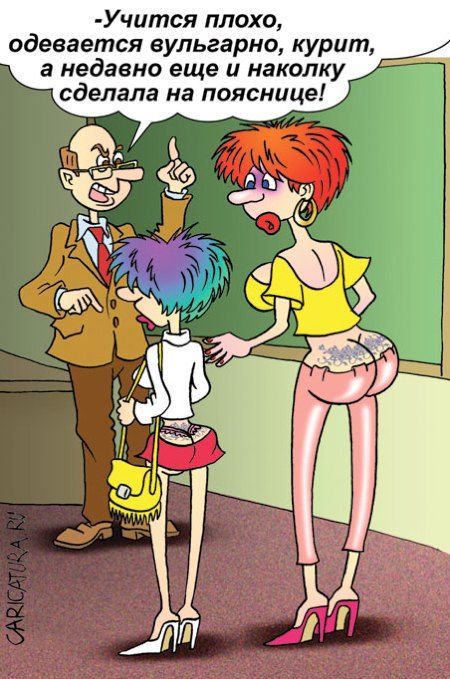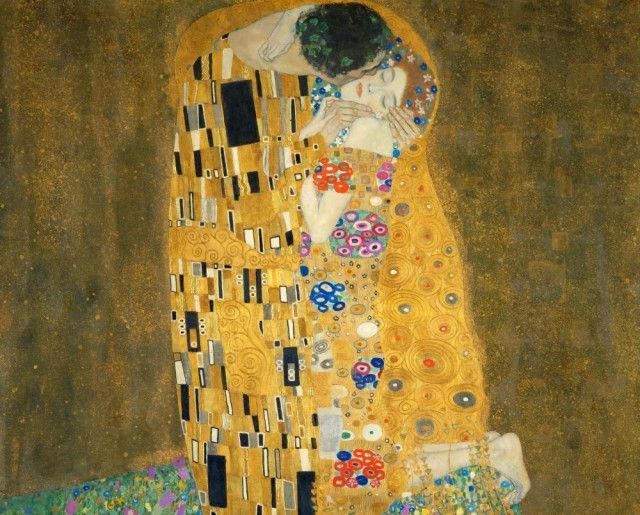Attachment Theory VS Emotional Closeness
In recent years, since I started writing about the development of Emotional Closeness (between parents and their children, or between spouses), I have suddenly been discovering internet articles, lectures, courses, and books, written by “experts - colleagues” displaying my ideas. However, they claim that these are based on an Attachment Theory by John Bowlby. I must admit that at first, when I was exposed to this content, it stunned me. Is it possible that the EED model I founded (Emotional Closeness Education) to assist in developing emotional closeness in the family, was known before? – I wondered. Is it possible it existed previously before I thought of it and published it?
The attachment theory I came across first many years ago, during my bachelor studies in psychology. In order to examine and verify this information, to recognize this fact and to acknowledge primogeniture of the founder of the Attachment Theory, John Bowlby, I decided to examine all articles and books published by Bowlby, since 1951.
John Bowlby’s texts resemble “a random number generator”. As a person educated in psychoanalysis, he refers in his writings to S. Freud theories, while at the same time refuting them and idealizing the theories of ethologists – the science of animal behavior, which mainly studies the genetically determined behavior of animals (as opposed to that which arises from learning). At the same time he does not exclude learning abilities. How exactly is this possible?
John Bowlby was a researcher who studied the behavior of babies and toddlers. He had no clinical experience, he wasn’t a therapist, he didn’t get involved in families’ dysfunctionality, but simply observed, just as John Gottman does today.
In his texts, Bowlby refers to the experience and theories of other psychiatrists, whose work indeed made a huge contribution and developed the field of child psychology, such as: Sigmund and Anna Freud, Jean Piaget, Melanie Klein, Karl Abraham, Keren Horny and many others.)
We have now gotten closer to the main question so please pay attention: “How can the theory that describes the connection between a mother and her baby between birth and two years of age, help psychologists and family therapists in their work with children over 3 years old? How does this theory help us to improve a couple’s relationship, if in Bowlby’s writing the father figure doesn’t exist at all? This is a real mystery to me.
Meanwhile, in both of my books, I emphasize the importance of couple’s relationships and how their quality and nature affect the parent’s attitude towards their child and affects friendship or enmity among siblings. In particular, my second book entitled “Happy Marriage. A Practical Guide for couples to develop emotional and intimate closeness,” my purpose is to help improve the couple’s relationship, as it is vitally important for both partners and for the psyche of their children and their ability to accomplish their own achievements in life.
Apart from the word “Attachment”, which appears to gently entertain the ears of my colleagues, there is nothing else in Bowlby’s theory that would contribute to the work of a family and couples therapist.
And unfortunately, advice such as that offered by psychologists like Bowlby, who had no clinical experience with children, may in fact be harmful in understanding the process of “child rearing” , passing on mistaken concepts to young parents.
In his lecture in 1955 (the expert is 48 years old) Bowlby declares: “I believe that there is no more significant duty of a parent than to be able calmly and in cold blood to accept such expressions of insolence from a child as “I hate you mommy” or “Daddy, you are a brute”. By enduring these outbursts of anger, we show our children that we are not afraid of their hatred and are confident that it can be controlled. In addition, we provide the child with a tolerant atmosphere in which his self-control can grow”. Following similar advice from Bowlby and other experts who praise tolerance and limitless permissiveness, families turn to me for my help because of uncontrollable aggression on the part of the child towards his parents. In my book “Guide for parents. The Loving Family: Developing Emotional Closeness”, I describe the appropriate encouragement, but also the necessary punishment, in accordance with the age of the child.
Bowlby continues: “I believe, and certainly hope, that if the general basis of feelings and relationship is good, then the occasional outburst of anger or spanking of a child does little harm; they obviously help to ease our feelings, and also, it might demonstrate to our children that we seem to have the same problems as they have. Such spontaneous expressions of feelings, perhaps followed by an apology if we’ve gone too far, can be sharply distinguished from punishment, with its formal assumption of what is right and what is wrong. Bernard Shaw’s aphorism that a child should never be beaten except when a parent is overwhelmed, is well suited in this connection.” From my clinical experience, domestic violence takes place in those families, where parents treat their children as “scapegoats” and lash out at them, just because they can. Such cruel behavior is UNACCEPTABLE, and it damages the development of emotional closeness. A parent should never take out his anger on a child, and if this happens, there is absolutely nothing to be proud of. Traumas of this kind can cause anguish even 30 -40 years after experiencing this kind of violence in their childhood.
Bowlby doesn’t consider the influence of parental experiences (in their past or present) on the upbringing of children and the consequences of such traumatization. He is occupied with how rapprochement occurs (no, this is not figurative) between the baby and his mother (apparently there were no fathers then): the orienting and signaling activity of the baby (crying, smiling, babbling and making gestures), his following the mother, clinging and etc. For example, examining the features of the sucking reaction, Bowlby establishes that it has two different forms: in addition to the one that is associated with the baby receiving food, there is another one that is an integral part of attachment behavior – aimed at achieving proximity.
A complete misunderstanding of couples’ relationship by the founder of attachment theory appears in this way: “A parent, who had felt jealousy towards a younger sibling, may begin to experience unreasonable hostility towards the “little stranger” in his family, a feeling that is especially familiar to fathers.”
However, the estrangement a father may feel from his own child is generally affected by his having a complex relationship with his wife, or if they hate or have a loathing for each other (either explicitly or implicitly), especially if the child has become the mother’s favorite.
In his lecture, Bowlby says: “While I’m a strong and even passionate proponent of the view that, that which in the current situations, an infant or a young child encounters are crucial to his development, I repeat that I wouldn’t like to make an impression that we know today how to help all children to grow up without emotional disorder”. But I do declare that the EED method prevents the development of psychological and psychiatric disorders. I’m making this statement, after I have, for twenty years, been working with thousands of children and their parents. Members of families finally got to enjoy the feeling of emotional closeness, their children’s academic performances improved, suicidal thoughts stopped, children who felt rejected by their classmates before, finally found friends, their self-esteem rose tremendously, and they started to believe in their own strengths. Couples got emotionally closer, feeling a whole range of vast positive feelings they never had before.
Based on all the above, I would like to appeal to those colleagues who proclaim my work and my ideas to be based on or similar to Bowlby’s, please, start reading. Respect the work of your colleagues and call everything by its proper name, especially when it comes to “Emotional Closeness by Elena Glozman”.
Thank you for your taking the time to read this article.













